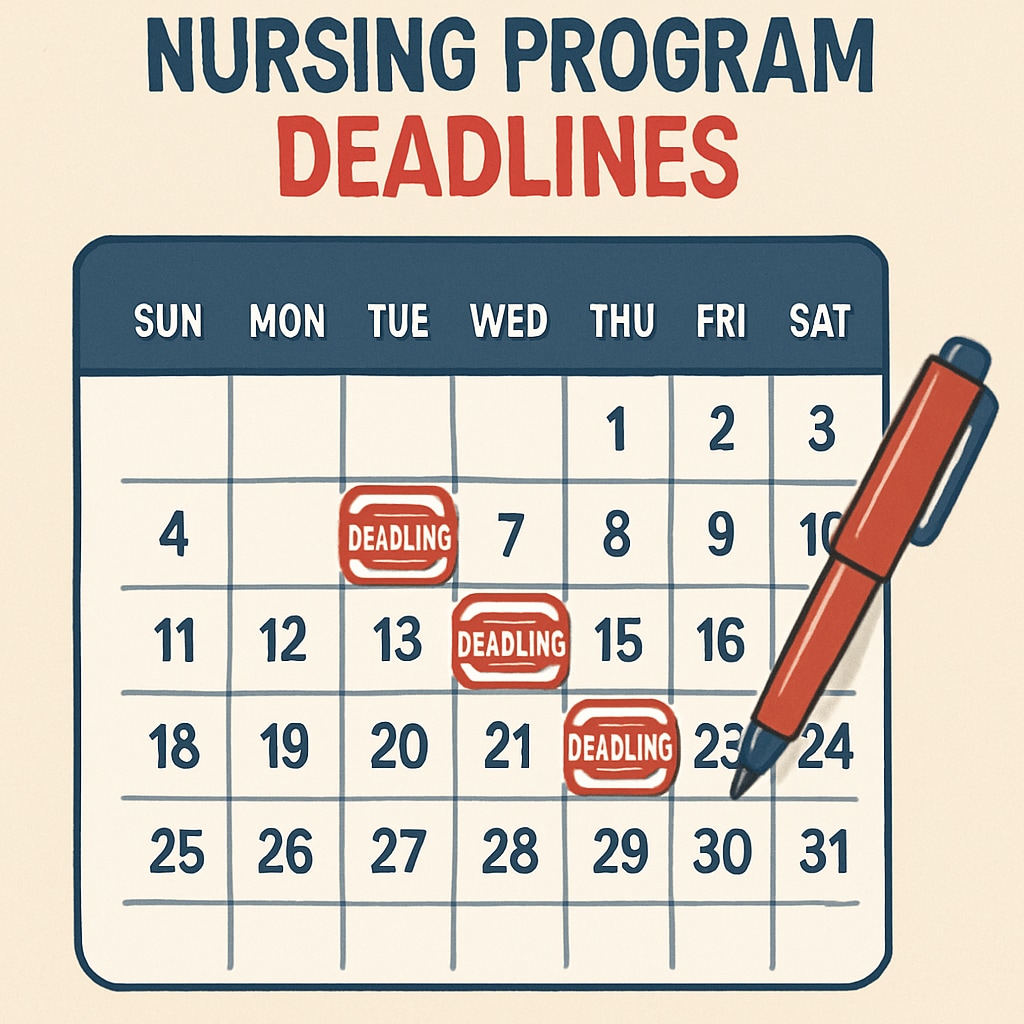For community college students aspiring to pursue a nursing major, transferring to a four-year university is a critical step. However, navigating the college transfer process can be challenging, especially when considering factors like admission timelines that could delay your graduation. This article provides practical strategies for selecting the right schools, preparing competitive applications, and ensuring a smooth transition into your dream nursing program.
How to Choose the Right Nursing Program
Choosing the right nursing program is a pivotal decision for community college students. There are several factors to consider, including program reputation, curriculum structure, clinical training opportunities, tuition costs, and geographic location. Here are some practical tips:
- Accreditation: Ensure the program is accredited by organizations such as the Accreditation Commission for Education in Nursing (ACEN) or the Commission on Collegiate Nursing Education (CCNE).
- NCLEX-RN Pass Rates: Research the school’s pass rates on the National Council Licensure Examination for Registered Nurses (NCLEX-RN), as this is a strong indicator of program quality.
- Transfer Agreements: Check if your community college has articulation agreements with specific universities, which can streamline the transfer process.
In addition, consider reaching out to current nursing students or alumni to gain insights into the program’s strengths and weaknesses.

Preparing a Competitive Application
With a 3.2 GPA, you are eligible for many nursing programs, but you may face stiff competition in selective schools. To enhance your application, focus on the following areas:
- Prerequisite Courses: Complete all required prerequisites, such as anatomy, physiology, and microbiology, with strong grades.
- Healthcare Experience: Gain hands-on experience by working as a certified nursing assistant (CNA), medical scribe, or volunteer in healthcare settings.
- Personal Statement: Craft a compelling essay that highlights your passion for nursing, academic journey, and career goals.
- Letters of Recommendation: Request strong letters from professors or supervisors who can attest to your academic abilities and dedication to nursing.
Additionally, prepare for potential interviews by practicing responses to common questions about your motivations and experiences.
Managing Admission Timelines to Avoid Delays
One major pitfall for nursing transfer students is underestimating the importance of admission timelines. Nursing programs often have fixed application windows and specific start dates, so careful planning is essential to avoid delays in your academic progress.
Here are key steps to manage your timeline effectively:
- Research Deadlines Early: Compile a list of application deadlines for your target schools, including dates for submitting transcripts, test scores, and other materials.
- Apply to Multiple Schools: To increase your chances of acceptance, apply to a mix of highly selective and moderately competitive programs.
- Plan Prerequisite Completion: Ensure that all prerequisite courses are completed before the application deadline. If needed, adjust your community college schedule to prioritize these courses.
By staying organized and proactive, you can minimize the risk of setbacks in your transfer journey.

Conclusion: Your Nursing Dream Is Within Reach
Transferring into a nursing program from a community college is a rewarding yet demanding process. By carefully selecting schools, preparing a competitive application, and adhering to admission timelines, you can achieve your goals without unnecessary delays. Remember, the journey to becoming a nurse is a marathon, not a sprint, and every step you take will bring you closer to making a difference in the lives of others.
For more information about nursing education and career opportunities, visit reliable resources such as the American Nurses Association or U.S. Bureau of Labor Statistics.
Readability guidance: Use clear language, short paragraphs, and structured lists to make the article accessible to a broad audience. Overuse of passive voice and lengthy sentences has been avoided.


